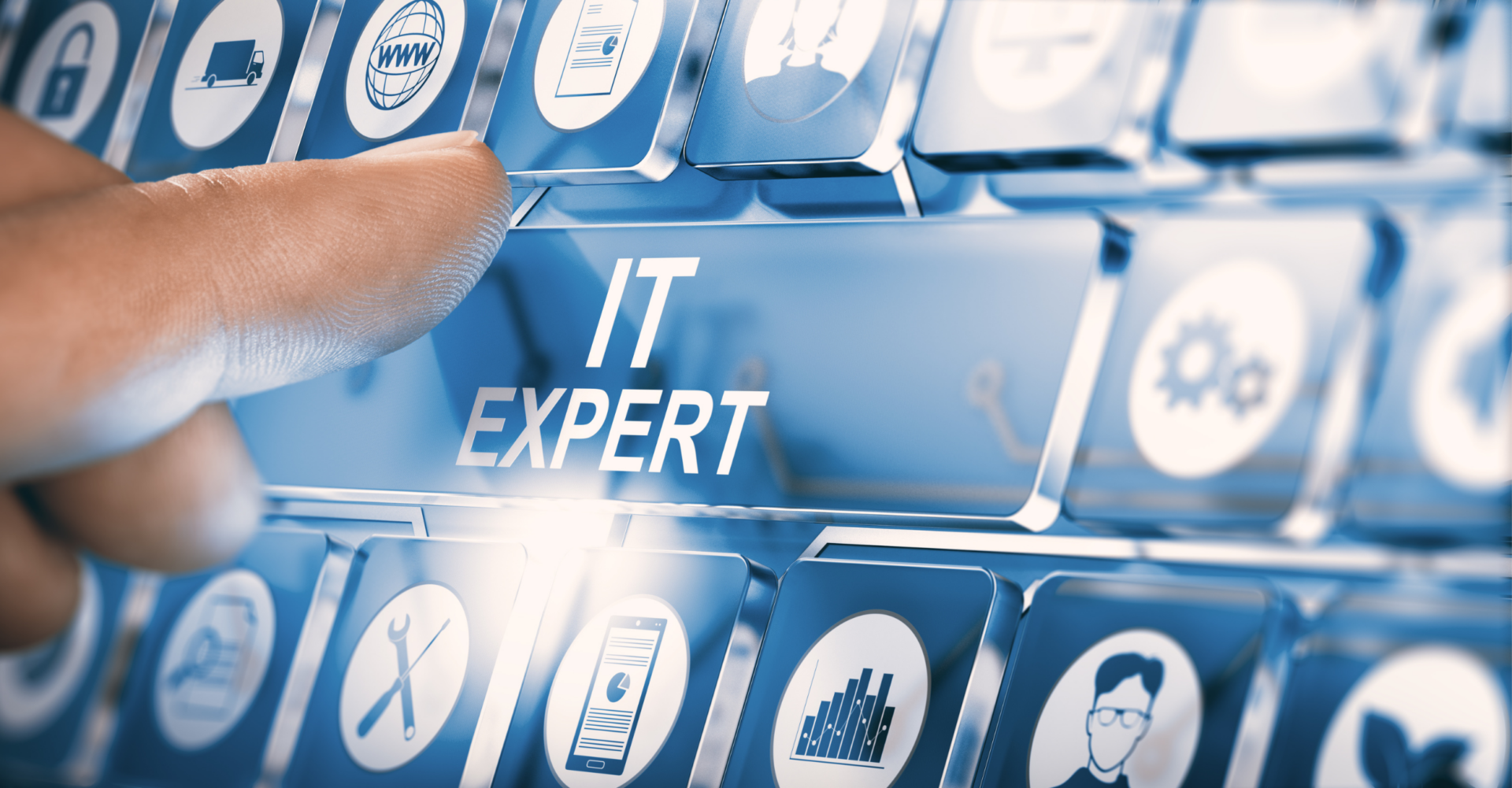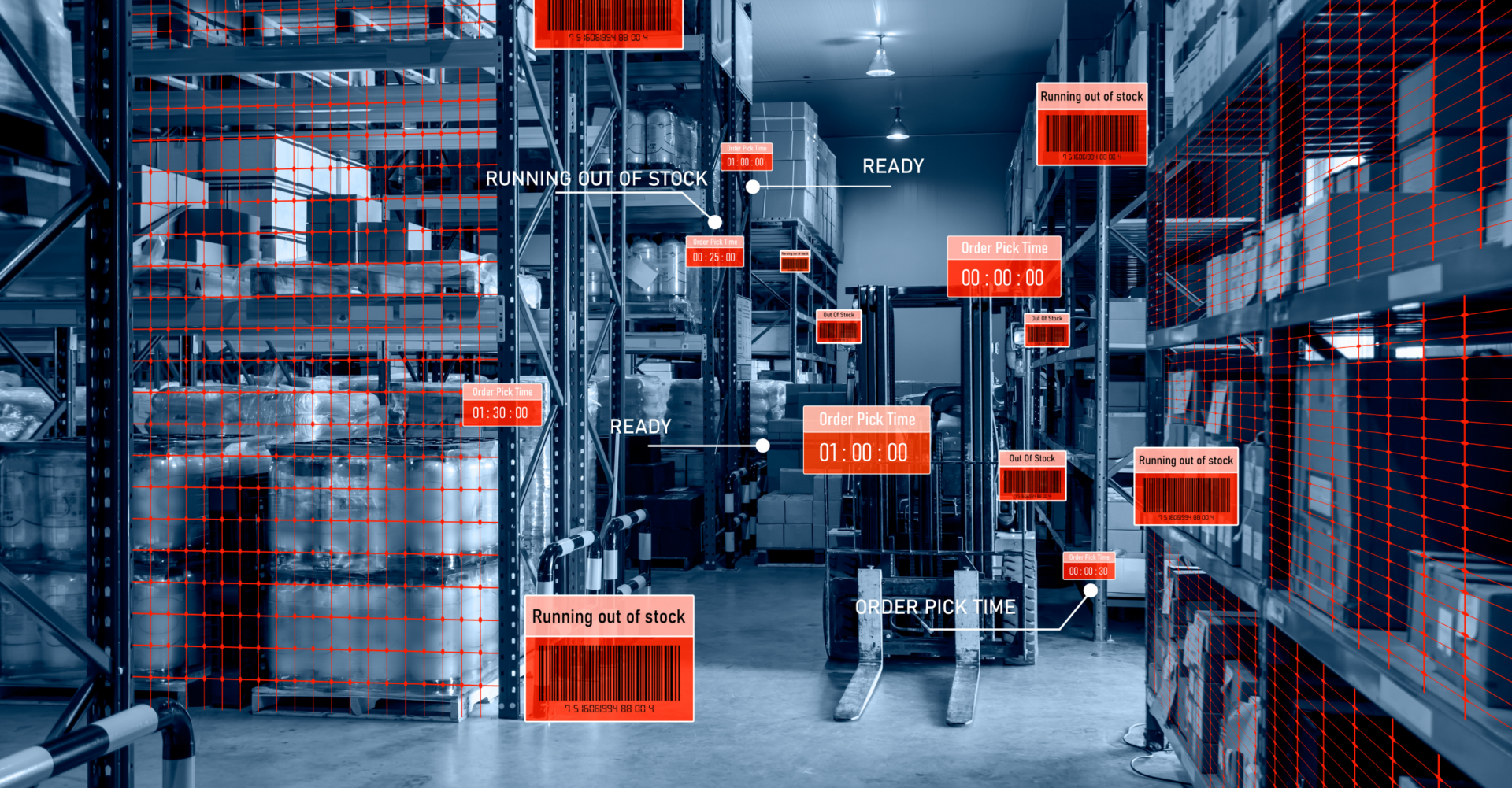
Improve Security Posture on Mobile
From smartphones to laptops, mobile devices are everywhere. With the bring your own device (BYOD) market set to reach $367 billion by 2022, and around 67 percent of employees using personal mobile devices at work, there’s no doubt that mobile devices are playing an increasingly significant role in modern businesses.
Today, SMBs must consider mobile devices and remote security when devising a cyber security strategy. To help, we’ve compiled the top five ways that businesses can integrate mobile devices into their security plans, and we’ll show how mobile devices can even improve your overall security posture.
How mobile devices affect your data security
Mobile devices do present unique security challenges for businesses. Given that security breaches can cost businesses a staggering $3.86 million in damage, it has never been more imperative to stay ahead of cybersecurity threats. The most common security challenges faced by SMBs when introducing mobile devices into the workplace include:
- Adhering to data compliance regulations and protecting data from prying eyes.
- Dealing with lost or stolen devices.
- Securing corporate and personal phones.
- Securing a network.
- Identifying malicious apps and infected devices.
5 tips for improving your security posture
If you’re trying to introduce mobile devices into your business, you probably recognize at least some of those concerns. Don’t worry – here are five ways you can improve your overall security posture with mobile devices.
Decide who needs a corporate phone or device
Not everyone needs a company-supplied mobile device. Evidence suggests that it’s not only economically more efficient to only give mobile devices to critical members of staff – it’s easier to control the security risks, too. Draft an acceptable device usage policy and educate your staff on security risks.
Establish a BYOD policy
If you’re allowing staff to work from home or to bring their own devices to work, establish a BYOD security plan. Outline acceptable usage protocols and explain how to safeguard business data across remote networks.
Ensure staff members know who to report lost or stolen devices to, and enforce the use of security software. Establish a policy for wiping company data if an employee leaves the company.
Use strong passwords and authentication techniques
It’s vital that employees use passwords that are hard to guess and that they change them every 90 days or so. Enforce the use of two-factor authentication to confirm an employee’s identity, and encrypt sensitive files.
Backup device data regularly
The problem with portable devices is that they’re more likely to be lost or stolen than PCs. By backing up the data on these devices at regular intervals, you’ll ensure that you can still access critical company data, no matter what happens to the device.
You can store backup data anywhere, whether you do it on another portable device or the cloud.
Use the latest antivirus and anti-malware protection
By enhancing the security around the mobile devices connected to your business, you radically improve your overall security posture.
Ensure that employees keep their security software current. Updates must be installed as soon as they become available. Moreover, you should consult with a managed services provider to ensure that the security software you’re using complies with regulations and covers the threats most likely to affect your business.
Conclusion
Thanks to mobile devices, businesses are now more connected and productive than ever before. Contact us to find out more about mobilizing your workforce and implementing BYOD policies without compromising on cybersecurity.
Share the IT Brain Power
More from the BECA Blog



